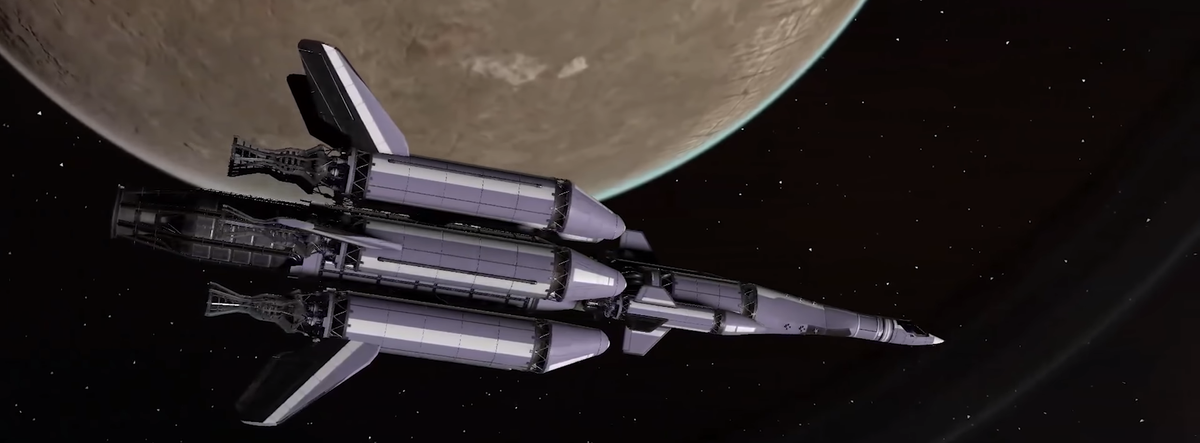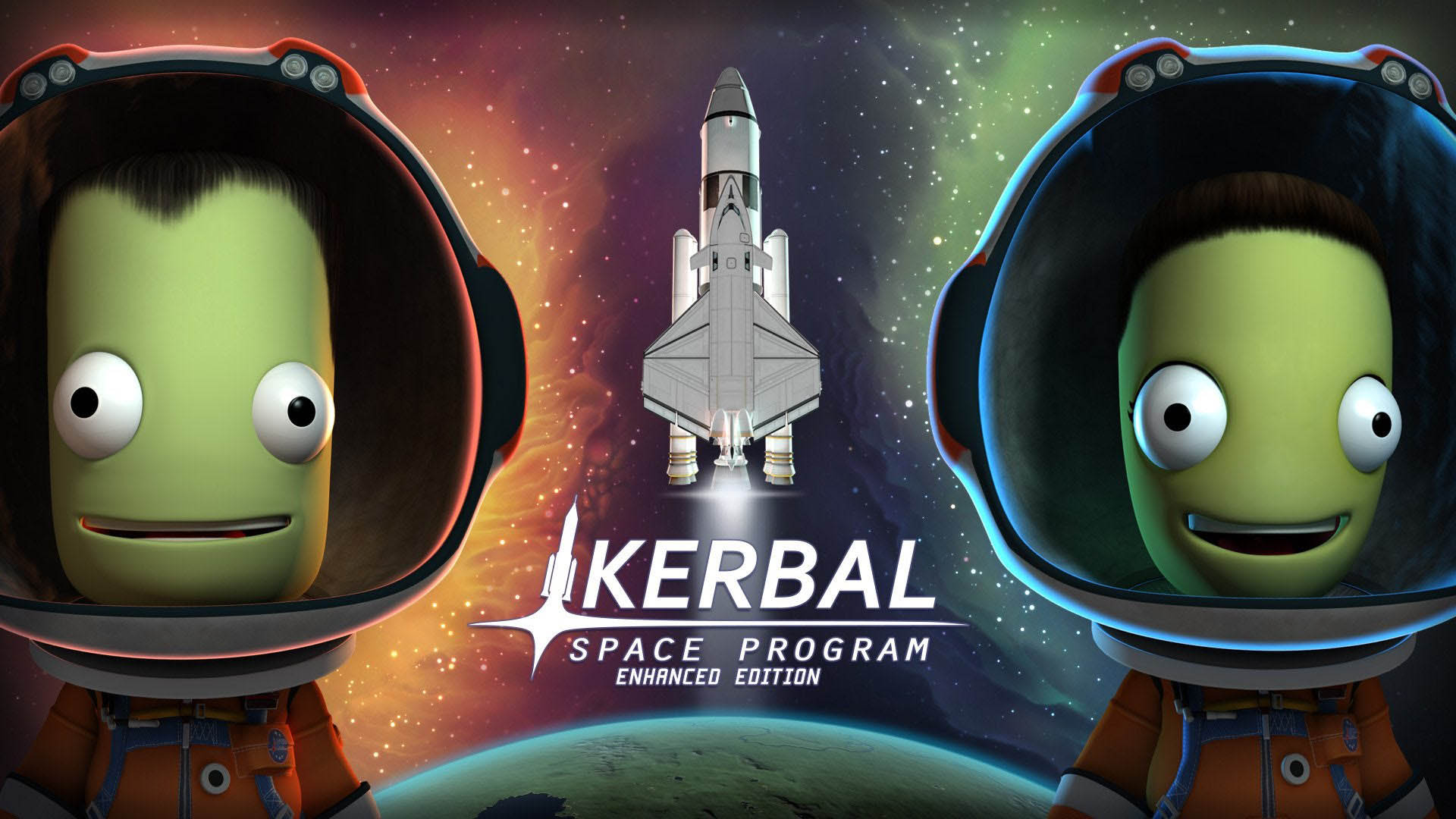


(Building a Kerbal version of the Gateway is something players can do in the game, by the way.)Īs a collaboration between NASA, ESA, and many other partners, the Gateway is considered a key stepping stone in human space exploration and a major part of the NASA-led Artemis program, which aims to return humans to the lunar surface this decade. We met in an auditorium next to the Erasmus center to talk about her work on the Lunar Gateway, which is a planned space station destined for lunar orbit that will serve as a stepping stone for human exploration of the Moon and, perhaps eventually, Mars. Ness, the art director for KSP2, in the same interview.Īfter about an hour of building, flying, and crashing, I took a break from the game to speak with Sara Pastor, an aerospace engineer at the European Space Agency (ESA). “Not only have we rebuilt all of our celestial bodies from the Kerbol system, we also have introduced, on day one of early access, four new tutorials-including tutorial videos and adorable animations-that will help onboard new players and also refresh old familiar players with orbital mechanics and the concepts of space travel and rocketry” such as “building, flying, and crashing,” added K. “Every celestial body that I've gone to and visited has been just a completely wild treat.” “Players who've been playing KSP1 have a whole beautiful new star system to look into,” said Shana Markham, lead designer at Intercept Games, the studio that made KSP2, in an interview with Motherboard at the event. Kerbals may be forgiving, but the same cannot be said for real spaceflight.Īs with the original game, you start at the Vehicle Assembly Building of the Kerbal Space Center where you can build spacecraft out of a dizzying variety of parts and send them to the launchpad where they might dramatically explode, sputter out, or maybe-with lots of luck or practice-actually reach an orbit around Kerbin, the Kerbals’ home world, or beyond into the wider Kerbol solar system. It felt especially surreal to engage in such haphazard experimentation given the environment, which was decorated from floor to ceiling with memorabilia of space missions that had actual, tangible stakes. Surrounded by the backdrop of ESTEC’s Erasmus Innovation Centre, a cavernous room filled with space artifacts and replicas, I launched many rockets off to nowhere and with no regrets. (Private Division, the publisher of KSP2, organized the event and covered our travel expenses.) It's a good thing that failure is fun in KSP2, because that’s all I did during my two hours of tinkering with the much-anticipated sequel at the preview event, which was held at the European Space Research and Technology Centre (ESTEC), Europe’s biggest space technology site, located in the seaside town of Noordwijk, Netherlands.


 0 kommentar(er)
0 kommentar(er)
